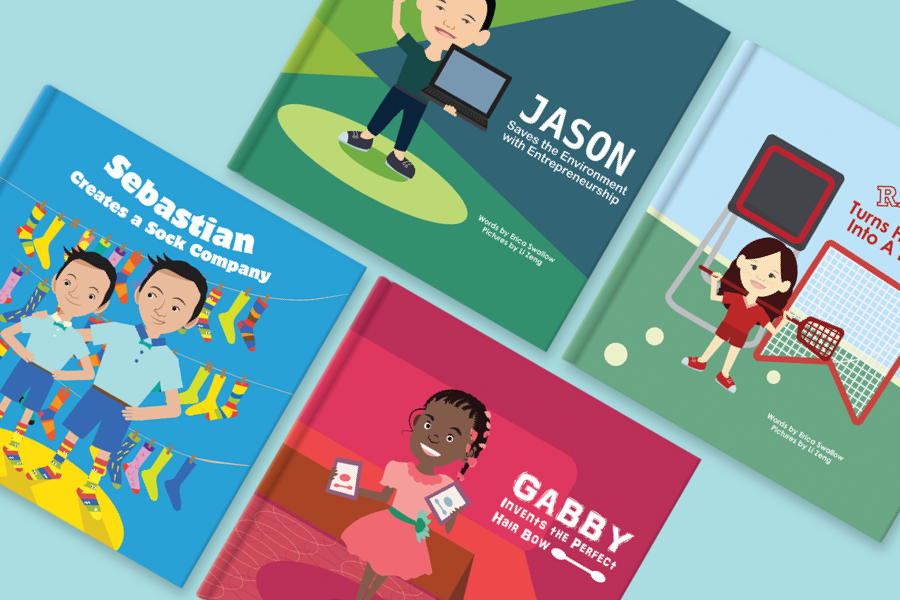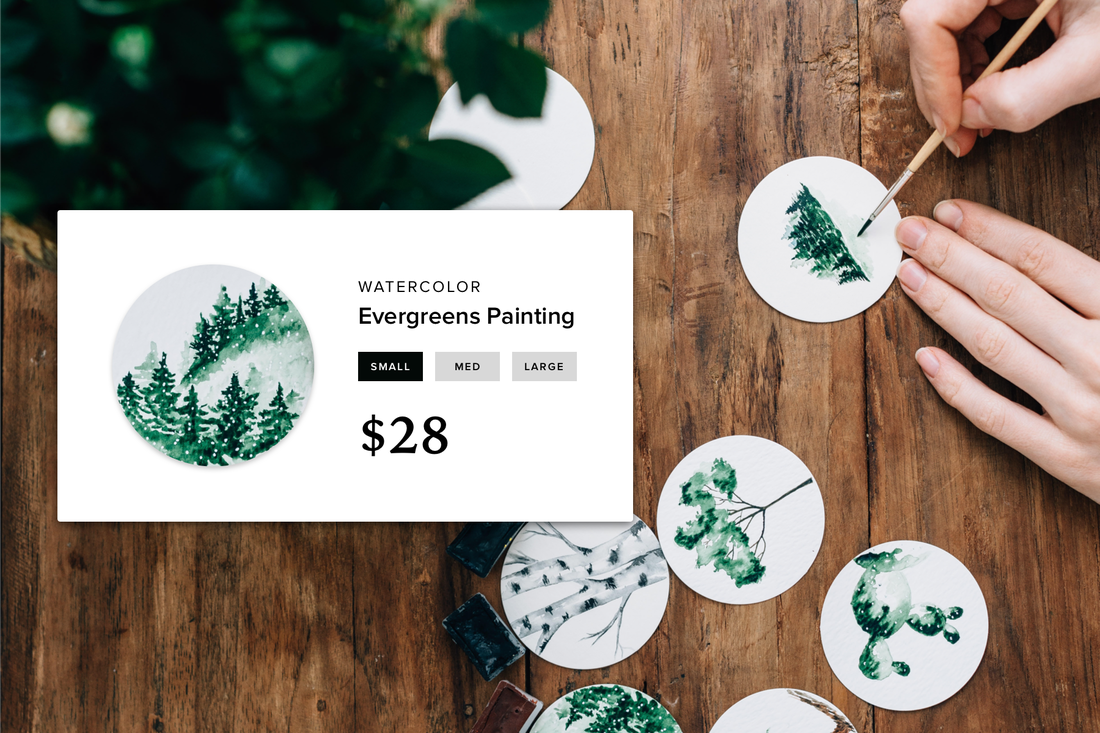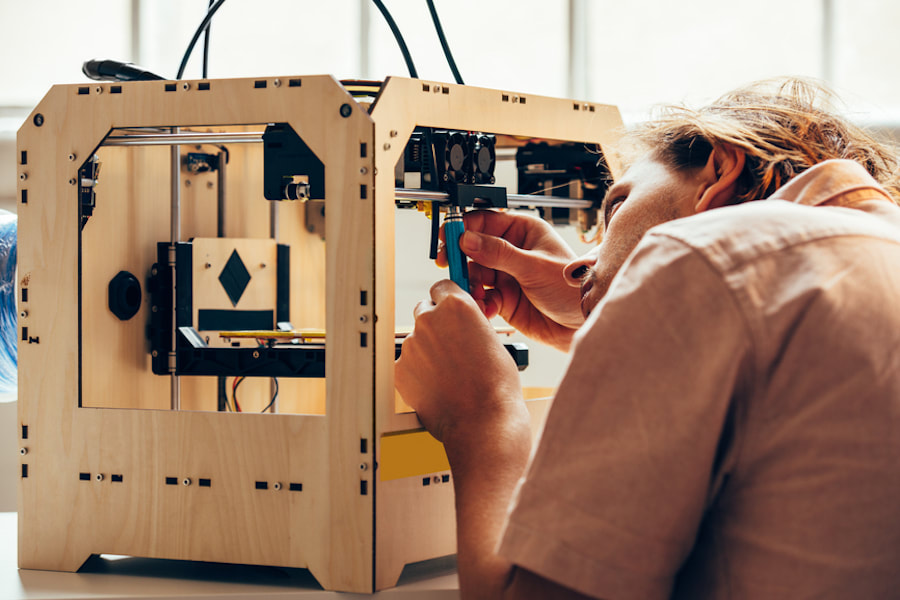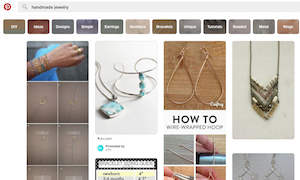You've developed an idea for a new product and want to make a prototype. Where do you find the right prototype maker, and how do you protect your design?
There's no one-size-fits-all approach, and your path will depend on the type of product you've invented.
Entrepreneur notes that you can start by making your own rudimentary prototypes at home. For finding professionals, you might try a site called Thomasnet, which lists thousands of suppliers.
But there's no substitute for learning from those who've gone through the process themselves. Here, entrepreneurs who've gone from concept to prototype provide examples and ideas for making the move.
Mother of Invention. California mother and physician assistant Niloufar Gabbay didn't like having to wash her young children's bottles and sippy cups in germy hotel sinks on family trips, with no clean place to dry them.
In 2015, Gabbay came up with the idea for Sinkboss, a product that parents can place over a sink to wash and dry their youngsters' supplies in a sanitary way.
"I had to create an appealing and functional product without anything to go by other than a vision," says Gabbay, who had no professional contacts at the time who could help her.
Looking to protect her idea, Gabbay found a patent attorney by asking for recommendations through her local Facebook moms' group. She provided him with basic drawings she'd sketched with her son's colored pencils.
"I could tell that he believed in my product idea as well as in me," she says. The attorney recommended doing a patent search, for which Gabbay paid a fee, and it showed no previously patented product like hers. On his recommendation, she sought a non-provisional utility patent, receiving U.S. Patent and Trademark Office approval in only three months.
Next, Gabbay called a local prototype shop and received the names of several engineers. The robotics engineer-freelance product designer she chose developed the general Sinkboss concept. After they got hung up on a certain aspect of the product, however, Gabbay found herself searching for another designer.
"Again, I was at a loss," she says. She did online research and questioned people who knew anything about engineering, prototyping, materials and manufacturing. "I found that niceness goes a long way, and people would be willing to offer advice and introduce me to their contacts. This was really what transformed me from being a mom with an idea for a baby product, to someone who learned everything that was needed to create a unique consumer product and find a way to get it done," says Gabbay.
She found a team of product designers and engineers who helped her develop functional design drawings. Concerned about protecting her idea, she researched having prototypes made in the United States versus overseas. She attended a design and manufacturing convention, where she asked lots of questions. She also learned by trial and error, using U.S. prototype makers but finding that route costly and frustrating.
"The biggest issue was that these prototype makers were either not able to make certain parts because they didn't have the machinery, or these parts were so expensive that I simply couldn't afford having them made. Lead time was also an issue," she says.
Eventually, Gabbay found a Chinese prototype company. "I was worried about my product idea being protected, but I didn't have a choice. I needed to have the prototype made and China was the cheapest way to get it done," says Gabbay.
"This prototype was cheaper than all the others, the turnaround time was the fastest, the quality was better, and it was air shipped to me in just a few days," she says. "I would have saved time and money if I would have used them from the beginning."
Gabbay has had the people she works with sign non-disclosure agreements, but believes NDAs won't stop dishonest people.
Sinkboss, currently in manufacturing, should become commercially available in September.
Teen Spirit. Nico Muoio, who had a profitable business at age nine, is now an 18-year-old entrepreneur marketing a "politically incorrect" game, Freedom of Speech. After assuring himself that the game didn't already exist, Muoio moved to the design phase.
"I began by designing the box and the cards, then I moved to my lawyer to see what kinds of words I could and couldn't use. The game was pretty straightforward, so I didn't need to hire anyone to help build the majority of it. I did, however, turn to Upwork.com to find a person to create the sound bite for the timer."
Muoio searched different types of boxes and cards online, and for American and Chinese manufacturers — specifically one that would create a one-off copy of the game. "This was not as easy as it sounds because most companies do not want to create one-off products. After I identified a few, I turned to customer reviews to help me decide on the one I would work with."
He had people sign NDAs during the prototype process because the idea wasn't patentable.
His advice for other inventors? Start with what you know. "I did not have a lot of experience with creating or taking a product to market, but I did have experience with marketing and graphics," Muoio says. "I began by creating the graphics and branding for the game so it could help me convey the idea clearly, and then moved on to the other aspects of the business."
Putting on a show. Joel Daniel, a lawyer who produces an owl-themed children's musical TV show, Hoot Quarters, has developed action figures, a puppet and a small version of the show's set.
To find prototype makers, he and his team have used online freelancers and local artists and modelers, as well as basic online searches and forums. "We have used software developers and engineers on various aspects of our projects," Daniel says.
Daniel recommends talking to others doing similar things and looking at freelancer forums.
"However, I think the most important thing is to just start. Try and figure out the lowest cost way to try a prototype and do it. Then refine from there. The hardest thing really is getting going the very first time, and there is no reason to think it is going to be perfect out of the gate, but you will learn a lot in the process that will make things better in the long run," Daniel says.
Seek a Partner. Jigyasa Chaturvedi, founder of startup 82ISM in California — an "innovation as a service" technology marketplace for buyers and suppliers — has been on both sides of the product-development table. Inventors need to seek a partnership rather than a client-vendor relationship with a prototype maker, she says.
First, she recommends seeking references from your network. "This helps build trust from the outset and mitigates risk" to intellectual property, says Chaturvedi. "That said, make sure you do your due diligence in doing reference checks before signing up."
If you're truly at step one, find experienced people at trade shows and other events and on LinkedIn. "In my experience, people are happy to let you pick their brain," she adds, suggesting that you come prepared and ask good questions. Use the meeting to get a couple of manufacturer references or an introduction.
Second, evaluate technology, culture and cost fit, Chaturvedi recommends. "This is important to create a productive, functional team. If you have a blueprint, you can find an execution team that knows the technology you're looking to build. But if you're starting with an idea and don't have much knowledge of tech, start with speaking to a tech expert you can trust."
Where you look for a prototype partner will depend on product type, i.e., hardware, smart device, gadgets, non-tech hardware, and whether you have a B2B or B2C (consumer) target market. You can find marketplaces and companies focused on your type of product. Lastly, use the agile approach to finding the right partner, Chaturvedi advises. "Don't feel stuck after you've made your initial choice, be flexible and open to changing if things don't pan out the way you'd hoped."
Entrepreneur notes that you can start by making your own rudimentary prototypes at home. For finding professionals, you might try a site called Thomasnet, which lists thousands of suppliers.
But there's no substitute for learning from those who've gone through the process themselves. Here, entrepreneurs who've gone from concept to prototype provide examples and ideas for making the move.
Mother of Invention. California mother and physician assistant Niloufar Gabbay didn't like having to wash her young children's bottles and sippy cups in germy hotel sinks on family trips, with no clean place to dry them.
In 2015, Gabbay came up with the idea for Sinkboss, a product that parents can place over a sink to wash and dry their youngsters' supplies in a sanitary way.
"I had to create an appealing and functional product without anything to go by other than a vision," says Gabbay, who had no professional contacts at the time who could help her.
Looking to protect her idea, Gabbay found a patent attorney by asking for recommendations through her local Facebook moms' group. She provided him with basic drawings she'd sketched with her son's colored pencils.
"I could tell that he believed in my product idea as well as in me," she says. The attorney recommended doing a patent search, for which Gabbay paid a fee, and it showed no previously patented product like hers. On his recommendation, she sought a non-provisional utility patent, receiving U.S. Patent and Trademark Office approval in only three months.
Next, Gabbay called a local prototype shop and received the names of several engineers. The robotics engineer-freelance product designer she chose developed the general Sinkboss concept. After they got hung up on a certain aspect of the product, however, Gabbay found herself searching for another designer.
"Again, I was at a loss," she says. She did online research and questioned people who knew anything about engineering, prototyping, materials and manufacturing. "I found that niceness goes a long way, and people would be willing to offer advice and introduce me to their contacts. This was really what transformed me from being a mom with an idea for a baby product, to someone who learned everything that was needed to create a unique consumer product and find a way to get it done," says Gabbay.
She found a team of product designers and engineers who helped her develop functional design drawings. Concerned about protecting her idea, she researched having prototypes made in the United States versus overseas. She attended a design and manufacturing convention, where she asked lots of questions. She also learned by trial and error, using U.S. prototype makers but finding that route costly and frustrating.
"The biggest issue was that these prototype makers were either not able to make certain parts because they didn't have the machinery, or these parts were so expensive that I simply couldn't afford having them made. Lead time was also an issue," she says.
Eventually, Gabbay found a Chinese prototype company. "I was worried about my product idea being protected, but I didn't have a choice. I needed to have the prototype made and China was the cheapest way to get it done," says Gabbay.
"This prototype was cheaper than all the others, the turnaround time was the fastest, the quality was better, and it was air shipped to me in just a few days," she says. "I would have saved time and money if I would have used them from the beginning."
Gabbay has had the people she works with sign non-disclosure agreements, but believes NDAs won't stop dishonest people.
Sinkboss, currently in manufacturing, should become commercially available in September.
Teen Spirit. Nico Muoio, who had a profitable business at age nine, is now an 18-year-old entrepreneur marketing a "politically incorrect" game, Freedom of Speech. After assuring himself that the game didn't already exist, Muoio moved to the design phase.
"I began by designing the box and the cards, then I moved to my lawyer to see what kinds of words I could and couldn't use. The game was pretty straightforward, so I didn't need to hire anyone to help build the majority of it. I did, however, turn to Upwork.com to find a person to create the sound bite for the timer."
Muoio searched different types of boxes and cards online, and for American and Chinese manufacturers — specifically one that would create a one-off copy of the game. "This was not as easy as it sounds because most companies do not want to create one-off products. After I identified a few, I turned to customer reviews to help me decide on the one I would work with."
He had people sign NDAs during the prototype process because the idea wasn't patentable.
His advice for other inventors? Start with what you know. "I did not have a lot of experience with creating or taking a product to market, but I did have experience with marketing and graphics," Muoio says. "I began by creating the graphics and branding for the game so it could help me convey the idea clearly, and then moved on to the other aspects of the business."
Putting on a show. Joel Daniel, a lawyer who produces an owl-themed children's musical TV show, Hoot Quarters, has developed action figures, a puppet and a small version of the show's set.
To find prototype makers, he and his team have used online freelancers and local artists and modelers, as well as basic online searches and forums. "We have used software developers and engineers on various aspects of our projects," Daniel says.
Daniel recommends talking to others doing similar things and looking at freelancer forums.
"However, I think the most important thing is to just start. Try and figure out the lowest cost way to try a prototype and do it. Then refine from there. The hardest thing really is getting going the very first time, and there is no reason to think it is going to be perfect out of the gate, but you will learn a lot in the process that will make things better in the long run," Daniel says.
Seek a Partner. Jigyasa Chaturvedi, founder of startup 82ISM in California — an "innovation as a service" technology marketplace for buyers and suppliers — has been on both sides of the product-development table. Inventors need to seek a partnership rather than a client-vendor relationship with a prototype maker, she says.
First, she recommends seeking references from your network. "This helps build trust from the outset and mitigates risk" to intellectual property, says Chaturvedi. "That said, make sure you do your due diligence in doing reference checks before signing up."
If you're truly at step one, find experienced people at trade shows and other events and on LinkedIn. "In my experience, people are happy to let you pick their brain," she adds, suggesting that you come prepared and ask good questions. Use the meeting to get a couple of manufacturer references or an introduction.
Second, evaluate technology, culture and cost fit, Chaturvedi recommends. "This is important to create a productive, functional team. If you have a blueprint, you can find an execution team that knows the technology you're looking to build. But if you're starting with an idea and don't have much knowledge of tech, start with speaking to a tech expert you can trust."
Where you look for a prototype partner will depend on product type, i.e., hardware, smart device, gadgets, non-tech hardware, and whether you have a B2B or B2C (consumer) target market. You can find marketplaces and companies focused on your type of product. Lastly, use the agile approach to finding the right partner, Chaturvedi advises. "Don't feel stuck after you've made your initial choice, be flexible and open to changing if things don't pan out the way you'd hoped."
 Dinah W. Brin A freelance reporter and writer based in Philadelphia, Pa., Dinah previously worked as a staff reporter for The Associated Press and Dow Jones Newswires.
Dinah W. Brin A freelance reporter and writer based in Philadelphia, Pa., Dinah previously worked as a staff reporter for The Associated Press and Dow Jones Newswires.





